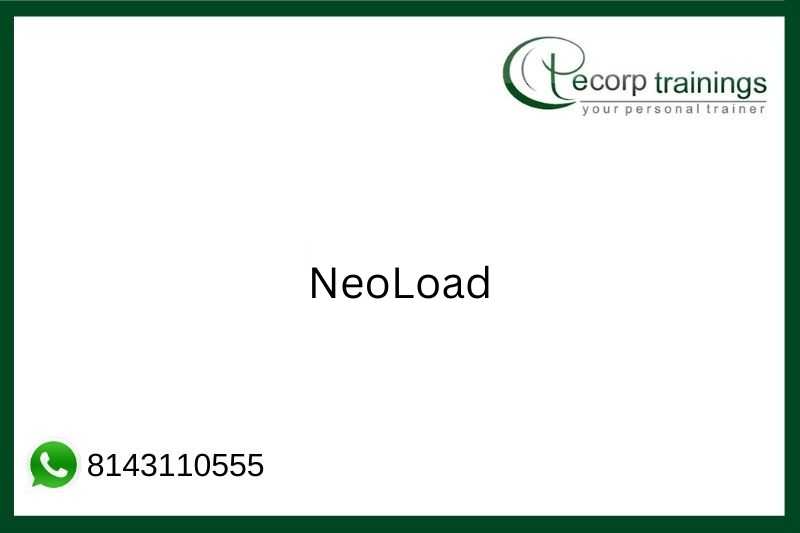

Running that scenario, we will observe the following results:Īs you can see, every 30 seconds, there is a spike in the number of requests. They will wait for the next lift at step 4 and will be joined by whoever of the other 15 who complete the trip before the next 30 seconds. Then, the last 5 users will gradually enter the scenario. So only 15 will get on the lift and execute step 5. Only about 15 users will have arrived when the first lift departs. In this example, the first ski lift will leave before everyone arrives at the park. In other words, the first lift will leave 30 seconds after the test starts and repeat in the same interval. The rendez timer is set to 30000 milliseconds. After that, they will continue skiing for 2 minutes. We will have 20 users gradually arriving at the ski park (the scenario) for 40 seconds (one every 2 seconds). But, if the time is up and the following lift arrives, it will depart even if there is only one person inside. There are more ready to get people right away. Here, the lift leaves right after it reaches its capacity. The rendezvous lift is different from real life, where you have to wait for the next lift once the first one is full. In other words, you define time to wait and people per lift. It is a process that holds every user arriving at that step (the lift departing) until enough people are waiting, or it has to leave with whoever is waiting there when the next lift comes. A beautiful load scenario!īut unlike standard scripts where everyone executes at their pace, we have step 4 (wait for the lift), where the users wait as they arrive, and all of them do step 5 (jump on the lift) simultaneously when there are enough people to fill the lift, or the lift has to leave as the next one is coming. That sounds a lot like a load test scenario.Įach virtual user executes the steps, iterates, ramps up or down, and has a somewhat different response and wait times on each action. Once up there, some may ski fast, while others may be slow, depending on if they are beginners or experts. Some may take longer to gear up for others, the rental area may be slow at rush hours, and some may even pause to go to the bathroom. Once at the park, each person may do things at different speeds. In a ski park, you have multiple people, each doing their set of steps at their own pace. Step 4 is our point of interest, as it is an excellent rendezvous example. In those places, the people would follow these steps:

Thanks to the contribution of Mark Tomlinson, I have a perfect analogy to explain it. Sounds complex? Let's detail this a bit more. Then everyone who reaches that point will execute the next instruction simultaneously. The function makes them wait until more virtual users get to that step or a timer runs out. Rendezvous is a function that stops the virtual users when they reach that instruction in the script. NeoLoad has it with the same name, and JMeter calls it Synchronizing timer.īut what is it really, and how may we use it? I believe Mercury first coined and implemented it (I may be wrong) in LoadRunner. With features like built-in visual testing, parametrized or data-driven testing, 2FA testing, and an AI that automatically fixes unstable elements and test steps, identifies and isolates regression-affected scripts, and provides suggestions to help you find and fix test failures, Testsigma can replace tens of different tools in the QA toolchain to enable teams to test easily, continuously, and collaboratively.Rendezvous is a French word commonly used in the load testing word. Through built-in NLP Grammar, teams can automate user actions in simple English, or generate airtight test scripts with the Test Recorder. The platform is built with Java, but the automated tests are code-agnostic. It is available as a fully managed, cloud-based solution as well as a self-hosted instance that is open source (Testsigma Community Edition).
#Neoload slack manual#
It lets SDETs, manual testers, SMEs, and QAs collaboratively plan, develop, execute, analyze, debug, and report on their automated testing for websites, native Android and iOS apps, and APIs. Testsigma is a low-code end-to-end test automation platform for Agile teams.


 0 kommentar(er)
0 kommentar(er)
